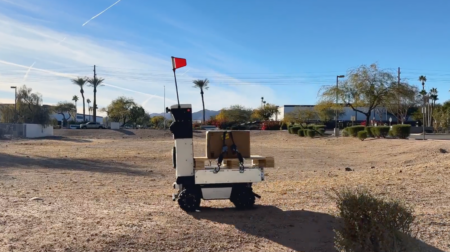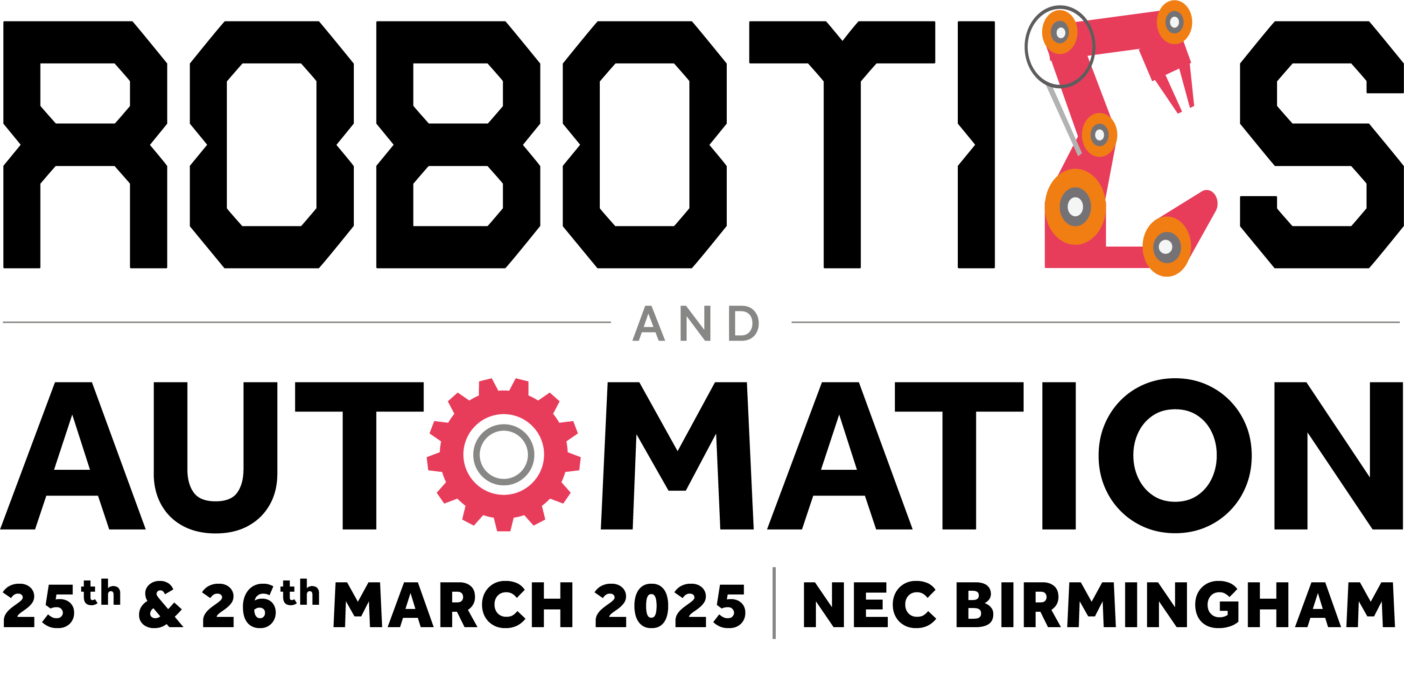The International Federation of Robotics (IFR) has released its World Robotics R&D Programs 2025 report, analysing research and development (R&D) strategies for robotics in Asia, Europe and the Americas.
The report provides insights into how different nations are investing in robotics, reflecting their economic priorities and industrial strategies.
The fourth edition of the report includes 2024 updates and, for the first time, features Singapore and Canada.
Generally, the findings highlight the ongoing global drive towards automation and AI-driven solutions.
China’s ’14th Five-Year Plan’ for robotics, running until 2025, aims to position the country as a global leader in robotics innovation.
The ‘Key Special Program on Intelligent Robots’, updated in July 2024, has allocated US$45.2m to key economic sectors, including AI model training.
According to IFR, China reached a robot density of 470 units per 10,000 workers in 2023, ranking third globally.
Japan’s ‘New Robot Strategy’ maintains its focus on manufacturing, healthcare and agriculture.
The ‘Moonshot Research and Development Program’, with a US$440m budget, runs until 2050 and promotes AI robots capable of autonomous learning and adaptation.
Japan remains the world’s leading industrial robot manufacturer, with a density of 419 robots per 10,000 workers.
South Korea’s ‘4th Basic Plan on Intelligent Robots’, launched in January 2024, invests US$128m into robotics as a key industry for the Fourth Industrial Revolution.
Korea remains the world’s top adopter of industrial robots, with a density of 1,012 robots per 10,000 employees, increasing at an annual rate of 5% since 2018.
Horizon Europe, the EU’s research and innovation framework, runs until 2027 with a US$100bn (€95.5bn) budget.
Robotics-related funding for 2023-2025 totals US$183.5m (€174m), targeting AI, clean energy and healthcare innovations.
The EU has a robot density of 219 units per 10,000 workers, with Germany, Sweden, Denmark and Slovenia ranking among the world’s top 10.
Germany’s ‘High-Tech Strategy 2025’ (HTS), with a budget of US$369.2m (€350m), runs until 2026. The ‘Robotics Research Action Plan’ supports the integration of research centres under the ‘Robotics Institute Germany’ framework.
Germany remains Europe’s largest robotics market, ranking fourth globally with 429 robots per 10,000 employees.
The USA funds robotics R&D through various agencies, including the National Science Foundation (NSF), NASA and the US Department of Defense (DoD).
NASA’s Artemis project, which supports lunar exploration and future Mars missions, has a US$53bn budget for 2021-2025.
The NSF’s robotics programmes focus on applications in workplaces, healthcare and communities, with a 2024 budget request of US$70m.
The US DoD allocated US$10.3bn for autonomy and robotics technologies in 2023.
According to IFR, the USA ranked 10th globally in robot density in 2024, with 295 units per 10,000 workers, while ranking third in annual industrial robot installations.
Join more than 11,000 industry leaders at Robotics and Automation Exhibition on 25-26 March 2025, at the NEC Birmingham to explore cutting-edge technologies, connect with peers and discover the latest innovations shaping the future of warehousing, manufacturing, engineering and logistics. Register for free now to secure your place at this premier event!







